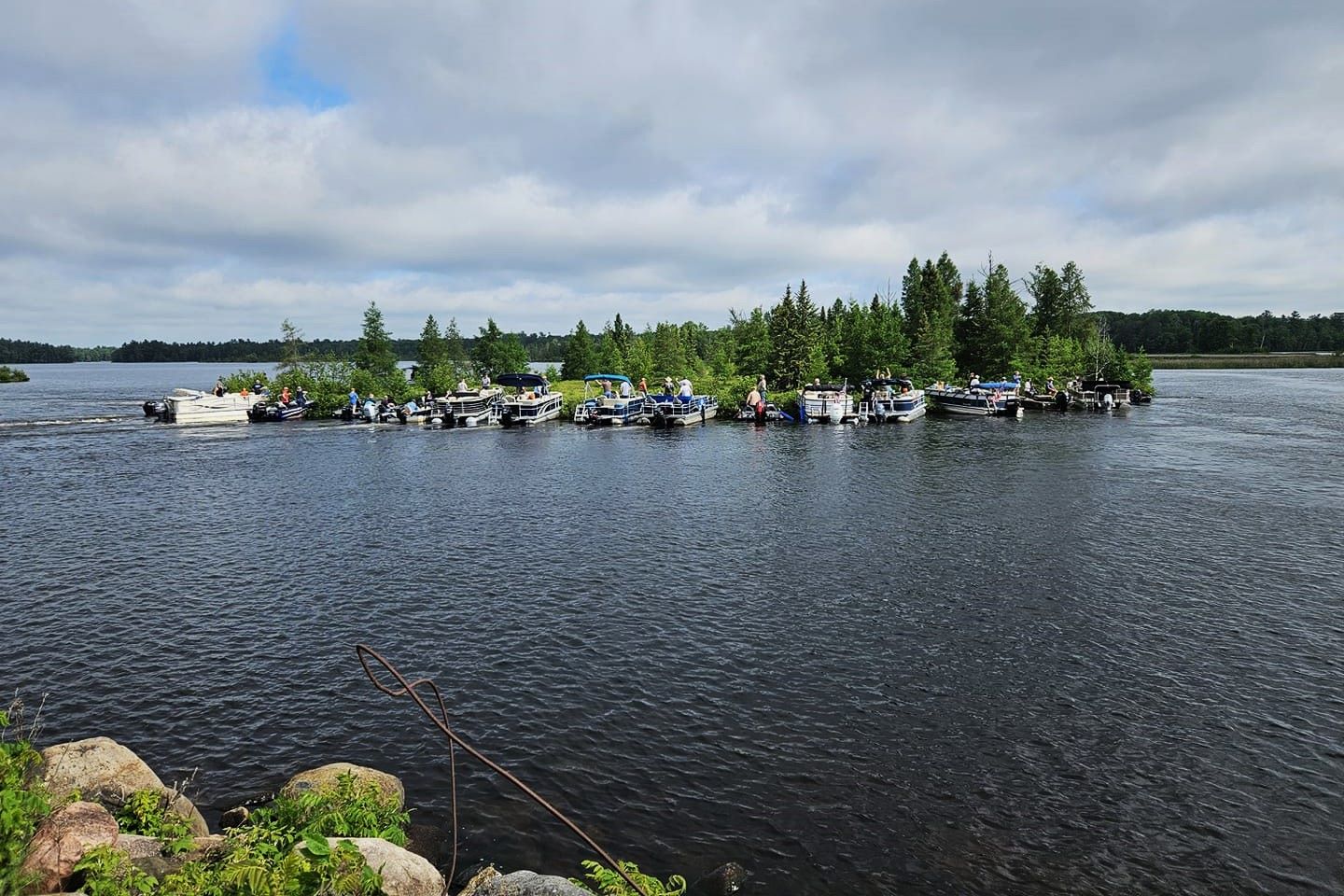Mystery Of Wisconsin’s Floating Peat Islands

Have you ever heard of Wisconsin's floating peat islands? These unique natural wonders drift across lakes, creating a magical landscape. Formed from layers of decomposed plant material, these islands can support trees, shrubs, and even wildlife. Imagine standing on what feels like solid ground, only to realize you're floating on water! These islands move with the wind, changing positions throughout the year. They offer a rare glimpse into nature's creativity and resilience. Whether you're a nature lover or just curious, learning about these floating peat islands will leave you amazed. Ready to dive into this natural marvel?
The Enigma of Wisconsin's Floating Peat Islands
Wisconsin's floating peat islands are a natural wonder that baffles scientists and intrigues visitors. These islands, made of partially decayed plant material, drift across lakes and wetlands, creating a unique and ever-changing landscape. Let's explore some of the most fascinating floating peat islands in Wisconsin.
1. Chippewa Flowage
Chippewa Flowage, a massive reservoir in northern Wisconsin, is home to numerous floating peat islands. These islands, formed from layers of decomposed vegetation, provide a unique habitat for wildlife and a stunning sight for visitors.
- Wildlife Haven: Birds, turtles, and other creatures thrive on these islands.
- Fishing Paradise: Anglers find excellent fishing spots around the islands.
- Scenic Beauty: The floating islands create picturesque views, especially at sunrise and sunset.
2. Turtle-Flambeau Flowage
Turtle-Flambeau Flowage, another large reservoir, boasts several floating peat islands. These islands offer a glimpse into the dynamic nature of wetland ecosystems.
- Birdwatching: Spot rare bird species nesting on the islands.
- Kayaking Adventure: Paddle around the islands for a close-up view.
- Photography: Capture stunning photos of the islands and their reflections in the water.
3. Lake Tomahawk
Lake Tomahawk, located in the heart of Wisconsin's Northwoods, features floating peat islands that add to its charm. These islands are a testament to the lake's rich ecological diversity.
- Nature Trails: Hike nearby trails to observe the islands from different angles.
- Boating: Rent a boat to explore the islands and their surroundings.
- Educational Tours: Learn about the formation and significance of floating peat islands.
4. Crex Meadows Wildlife Area
Crex Meadows Wildlife Area, a vast wetland complex, contains several floating peat islands. This area is a prime spot for nature enthusiasts and researchers alike.
- Wildlife Observation: Watch for deer, otters, and other animals on the islands.
- Guided Tours: Join a guided tour to learn about the wetland ecosystem.
- Photography Workshops: Participate in workshops to improve your nature photography skills.
5. Horicon Marsh
Horicon Marsh, one of the largest freshwater marshes in the United States, has floating peat islands that contribute to its ecological richness. These islands are a vital part of the marsh's habitat.
- Birding Hotspot: Observe a variety of bird species, including migratory birds.
- Canoeing: Paddle through the marsh to see the islands up close.
- Educational Programs: Attend programs to understand the importance of floating peat islands.
6. Mead Wildlife Area
Mead Wildlife Area, a sprawling wetland and forest area, features floating peat islands that support diverse plant and animal life. These islands are a key component of the area's natural beauty.
- Wildlife Viewing: Spot beavers, muskrats, and other animals on the islands.
- Hiking: Explore trails that offer views of the floating islands.
- Nature Photography: Capture the unique landscapes created by the islands.
7. Necedah National Wildlife Refuge
Necedah National Wildlife Refuge, known for its diverse habitats, includes floating peat islands that enhance its ecological complexity. These islands are a highlight for visitors.
- Birdwatching: Look for sandhill cranes and other birds on the islands.
- Nature Walks: Take guided walks to learn about the refuge's ecosystems.
- Wildlife Photography: Photograph the islands and their inhabitants.
8. Powell Marsh Wildlife Area
Powell Marsh Wildlife Area, a wetland area in northern Wisconsin, has floating peat islands that add to its natural allure. These islands are a fascinating feature of the marsh.
- Birding: Spot waterfowl and other birds on the islands.
- Kayaking: Paddle through the marsh to explore the islands.
- Educational Tours: Learn about the formation and role of floating peat islands.
9. Chequamegon-Nicolet National Forest
Chequamegon-Nicolet National Forest, a vast forested area, contains floating peat islands in its wetlands. These islands are a unique aspect of the forest's diverse ecosystems.
- Wildlife Habitat: Observe animals that rely on the islands for habitat.
- Hiking Trails: Hike trails that offer views of the floating islands.
- Nature Programs: Participate in programs to learn about the forest's wetlands.
10. Apostle Islands National Lakeshore
Apostle Islands National Lakeshore, known for its stunning landscapes, includes floating peat islands in its coastal wetlands. These islands are a remarkable feature of the lakeshore.
- Kayaking: Paddle around the islands for a unique perspective.
- Birdwatching: Spot birds that inhabit the islands.
- Photography: Capture the beauty of the islands and their surroundings.
The Enigmatic Beauty of Wisconsin's Floating Peat Islands
Wisconsin's floating peat islands are a unique natural wonder. These islands, formed by layers of peat and vegetation, drift across lakes, creating a surreal landscape. They offer a glimpse into the state's rich ecological history and provide a habitat for diverse wildlife. Visiting these islands is like stepping into another world, where nature's mysteries unfold before your eyes. Whether you're a nature enthusiast, a photographer, or just someone looking for a peaceful escape, these islands have something special to offer. Remember to respect the delicate ecosystem while exploring. The floating peat islands are a reminder of nature's incredible ability to adapt and thrive. Next time you're in Wisconsin, make sure to experience this natural phenomenon. It's a journey into the heart of nature's wonders.

